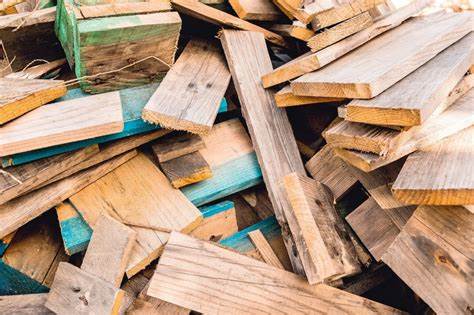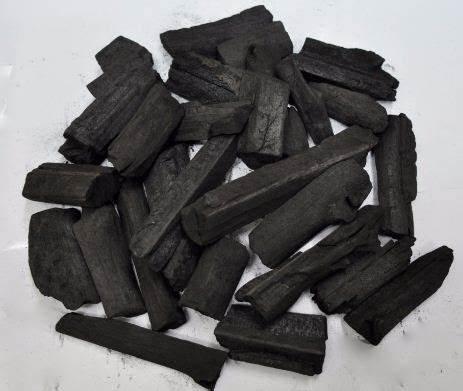In the pursuit of sustainable practices and renewable energy sources, the ancient art of pyrolysis has found a modern application in the transformation of wood into charcoal within the realm of forestry. This process, with roots dating back centuries, has evolved into a crucial method for harnessing energy from biomass while promoting environmental conservation. Join us on an exploration of the pyrolysis saga, where we unravel the intricacies of how wood undergoes a metamorphosis into charcoal, reshaping the landscape of forestry for a more sustainable future. The wood charcoal manufacturing machine has pyrolysis technology.

The Historical Roots of Pyrolysis
Pyrolysis, a process that involves heating organic material in the absence of oxygen, has a rich historical background. Its origins trace back to ancient civilizations that used this technique to create charcoal for various purposes, including metal smelting and cooking. Fast forward to the present, and pyrolysis has become a critical component in addressing contemporary environmental challenges, especially in the forestry sector.
Understanding Pyrolysis in Forestry
In the context of forestry, pyrolysis plays a transformative role in converting wood into charcoal. This process involves subjecting wood to high temperatures in an oxygen-limited environment, leading to the release of volatile gases and the formation of charcoal. The intricate dance between temperature, time, and oxygen levels determines the quality and characteristics of the resulting charcoal.
Sustainable Forestry Practices
As the global demand for energy continues to rise, the forestry sector faces challenges in meeting these demands while maintaining ecological balance. View the biochar maker for sale to know how to make charcoal by pyrolysis. Traditional methods of obtaining charcoal often involve deforestation and unsustainable practices. Pyrolysis, however, emerges as a beacon of hope, offering a sustainable alternative by utilizing wood residues, waste, and byproducts from forestry operations.

The Green Promise of Biochar
One of the byproducts of wood pyrolysis is biochar, a carbon-rich substance with soil-enhancing properties. Biochar not only sequesters carbon, mitigating the impact of climate change, but it also improves soil fertility and water retention. In the pyrolysis saga, biochar becomes a key player, showcasing the potential for a closed-loop system where waste from forestry operations contributes to both energy production and environmental conservation.
Technological Advances in Pyrolysis
Advancements in technology have propelled pyrolysis into the 21st century, offering more efficient and controlled methods for transforming wood into charcoal. From slow pyrolysis, which maximizes biochar production, to fast pyrolysis, optimized for bio-oil extraction, these innovations have expanded the possibilities of utilizing wood resources in forestry sustainably.
Economic Impacts and Employment Opportunities
The adoption of pyrolysis in forestry not only benefits the environment but also has positive economic implications. By creating value from wood residues and waste, communities can develop new revenue streams. Moreover, the establishment and maintenance of pyrolysis facilities generate employment opportunities, fostering economic growth in regions where forestry operations are prevalent. This also can be applied to make jute stick charcoal by jute stick charcoal machine. This kind of machine has wide applications.
Challenges and Considerations
Despite the promise of pyrolysis, challenges persist in its widespread adoption. Technical and financial barriers, coupled with the need for comprehensive regulatory frameworks, pose hurdles to the integration of pyrolysis into mainstream forestry practices. Addressing these challenges is crucial for unlocking the full potential of this transformative process.
Case Studies: Pyrolysis in Action
Examining real-world examples of pyrolysis implementation in forestry provides insights into its practical applications. Case studies from different regions showcase how communities and industries are successfully leveraging pyrolysis to convert wood into charcoal, demonstrating the versatility and adaptability of this process in diverse contexts.
The Future Landscape of Forestry: A Pyrolytic Perspective
Looking forward, the pyrolysis saga is poised to reshape the future landscape of forestry. As technological advancements continue and awareness of sustainable practices grows, pyrolysis stands as a beacon of innovation and environmental stewardship. The integration of this ancient technique into modern forestry practices holds the promise of a greener, more sustainable future.
Conclusion
In the pyrolysis saga of wood transforming into charcoal in forestry, we witness a harmonious blend of tradition and technology, ancient wisdom and contemporary innovation. As the world grapples with the urgent need for sustainable energy sources and responsible resource management, pyrolysis emerges as a key player in the quest for a more balanced and environmentally conscious future. The journey from wood to charcoal through pyrolysis is not just a process; it is a narrative of resilience, adaptation, and hope for a world where forests thrive, and communities prosper in harmony with nature.